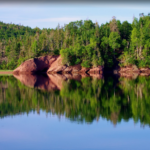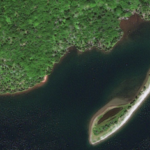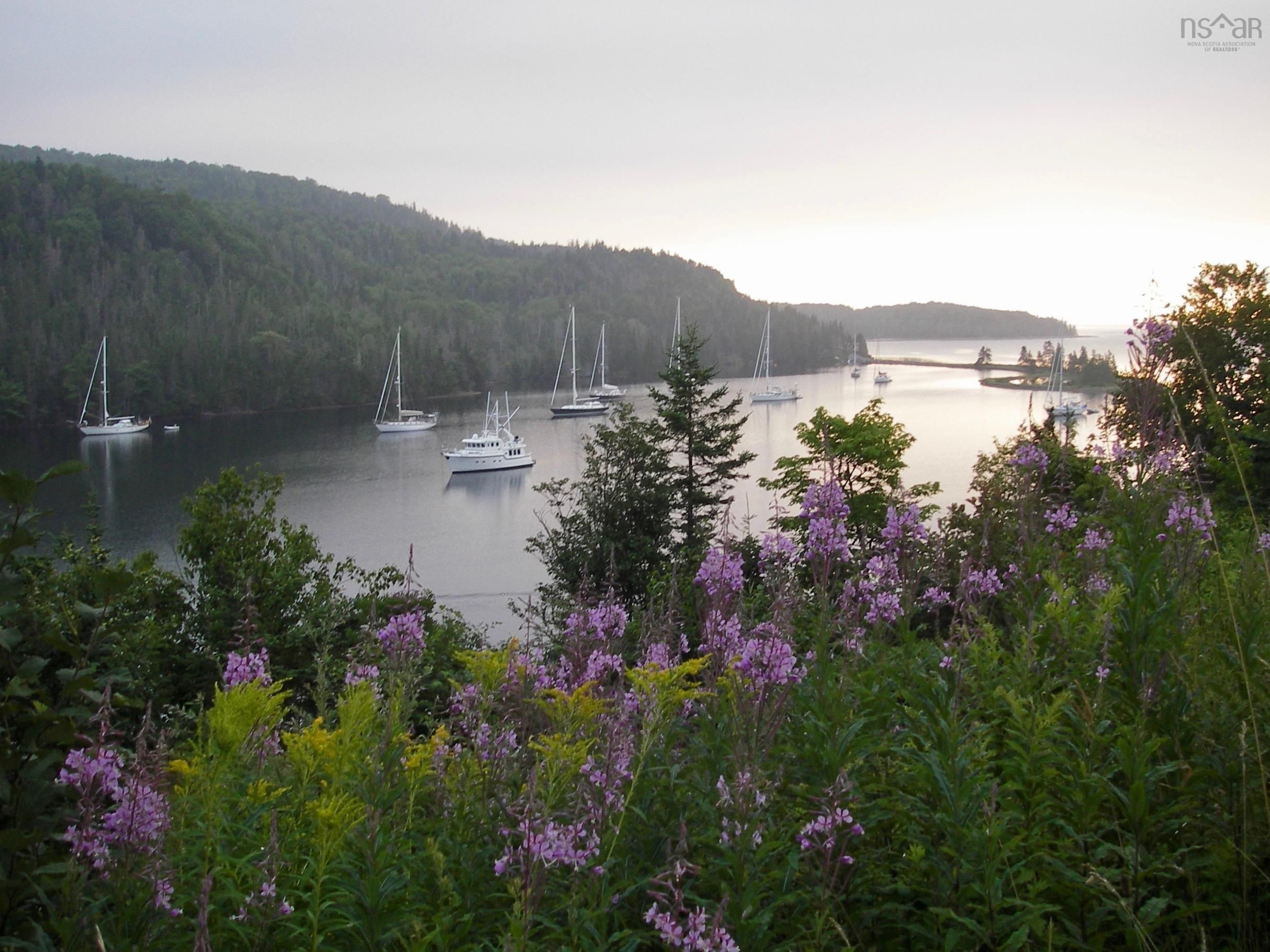A win for history and for nature on the shores of the Bras d’Or
Our conservation lands in Maskells Harbour span over 460 acres of spectacular forest, rolling hills, and over three kilometres of Bras d’Or Lake shoreline.
This impressive land assemblage adds to the adjacent Barra Forest-MacNeils Vale Provincial Park and lands at Gillis Point protected by a conservation easement. With these critical gaps secured, the entire shoreline of Maskells Harbour is forever protected, encompassing a combined 7.4 kilometres of undeveloped coastline and 1,200 acres of contiguous coastal protected area.
The conservation lands encompass a rich mosaic of habitats including mature forests of Yellow Birch, Maple, Spruce, Fir and Eastern Hemlock, wetlands and unique gypsum karst topography filled with fascinating sinkholes, ridges and ravines. The extensive shoreline is dominated by steep slopes and cliffs, and punctuated by barachois ponds (coastal lagoons separated from the sea by a sand or rocky bar).
The areas protect important habitat for a diversity of plants and wildlife, including rare and at-risk species like Eastern Wood-Pewee, American Redstarts, Bald Eagles, Blue-headed Vireos, Ring-necked Ducks, Spotted Sandpipers and numerous Warbler species, as well as rare plants like Bulblet Bladder Fern and Bristle-leaved Sedge.
Maskells Harbour is one of Nova Scotia’s most prominent and beloved harbours for people, too. For over 200 years, it has been a vital destination and stopover for mariners due to its strategic location, idyllic sheltered harbour, and stunning scenery. In the late 1800s, then known as Boulaceet Harbour, it was a hub for fishing schooners traveling to and from the Grand Banks, and in 1919 became the birthplace of the Cruising Club of America. The harbour remains a must-see stopover for sailors traveling to Newfoundland and Labrador and a destination for countless boaters, paddlers and sailors.








